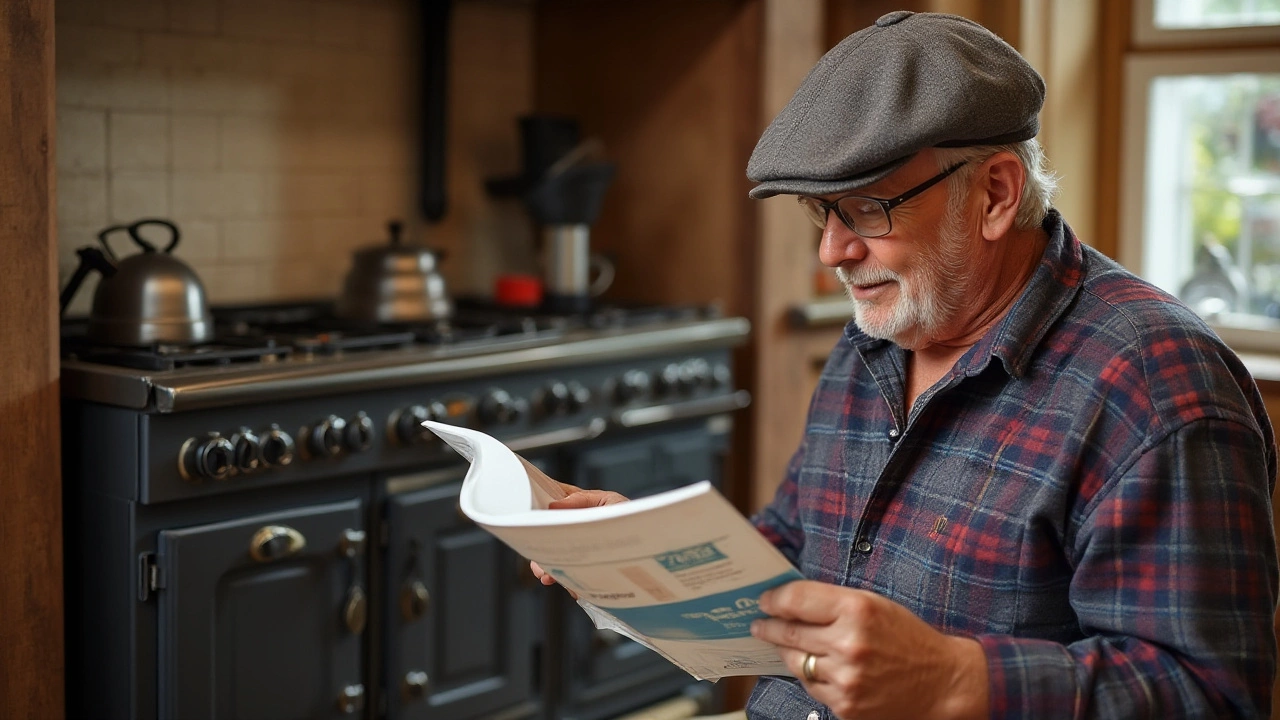Basic Plumbing Skills: Your First Steps to a Handy Career
Ever stared at a dripping tap and thought, "I wish I could fix that"? You don’t need a decade of experience to stop a leak or install a new faucet. Mastering a handful of core plumbing skills can turn you from a frustrated homeowner into a confident DIYer – and it opens the door to a solid vocational career.
Must‑Know Core Skills
First up, get comfortable with the three tools that show up on almost every plumbing job: a pipe wrench, a pipe cutter, and a plunger. The pipe wrench lets you tighten or loosen threaded connections without stripping the metal. Practice gripping the wrench close to the head for better torque. The pipe cutter is all about clean, straight cuts – a jagged edge means a leaky joint later on. A quick tip: rotate the cutter 90 degrees after each bite to keep the cut even.
Next, learn how to read basic pipe markings. Copper, PVC, and PEX each have their own size codes, and mixing them up can cause pressure problems. When you see a pipe labeled "1/2", you’re dealing with a half‑inch interior diameter – perfect for sink supply lines. Knowing the difference helps you choose the right fittings and avoid costly mistakes.
Finally, get the hang of basic joint methods. Soldering copper is a classic skill: clean the pipe, apply flux, heat the joint, and slide in the solder. It sounds intimidating, but a steady hand and a few practice runs will give you a leak‑free seal. For PVC, a simple solvent cement does the trick – just apply it to both the pipe and fitting, push together, and hold for a few seconds.
How to Train and Practice
If you’re serious about turning these basics into a paycheck, consider a short vocational course. GoSkill Vocational Training offers a "Basic Plumbing Skills" module that covers tools, pipe types, joint techniques, and safety rules in under 40 hours. The hands‑on labs let you practice soldering, cutting, and diagnosing common problems like low water pressure.
You don’t have to wait for a classroom, though. Set up a small workshop in your garage or shed. Grab a few inexpensive pipe sections from a hardware store, and run mock installations – a sink, a toilet, maybe a simple shower valve. Every time you complete a connection, turn on the water and check for drips. That immediate feedback is priceless.
Don’t forget safety. Always wear goggles when cutting or soldering, and keep a fire‑proof blanket handy for any soldering mishaps. A quick habit of turning off the main water supply before you start any job saves you from surprise floods.
Finally, use online videos and forums to troubleshoot specific issues. Search for "fix leaking faucet" or "PVC joint leaking" and you’ll find step‑by‑step guides that match what you’re doing. Combine those resources with the structured learning from GoSkill, and you’ll build confidence fast.
In short, mastering pipe wrenches, cutters, and basic joints gives you the toolkit to tackle everyday leaks and start a plumbing apprenticeship. Pair practice at home with a reputable training program, and you’ll be on your way to a reliable, well‑paid trade. Ready to stop that drip for good? Grab a wrench, pull up a tutorial, and get your hands dirty – the only way to learn is by doing.




